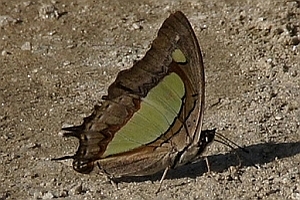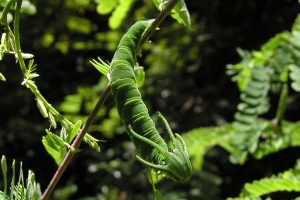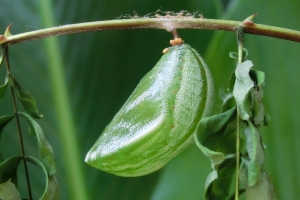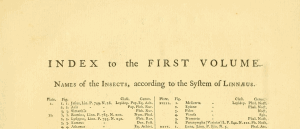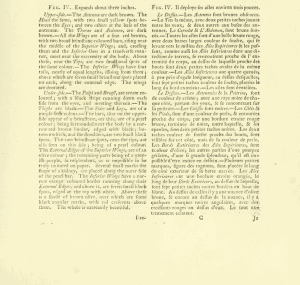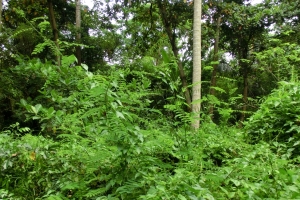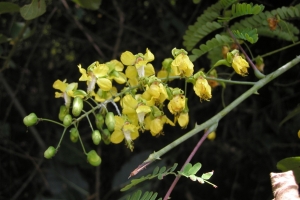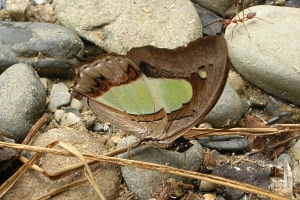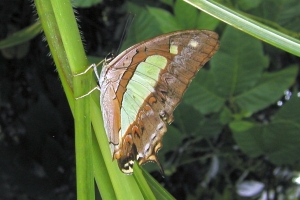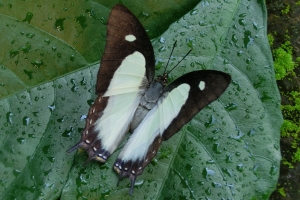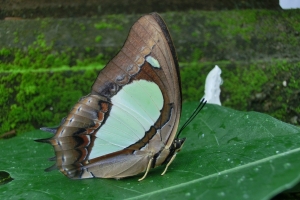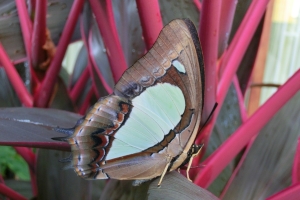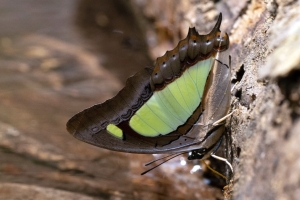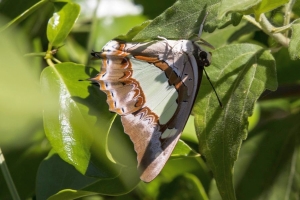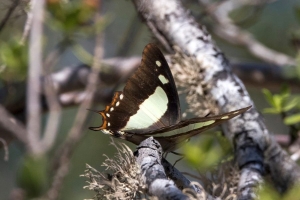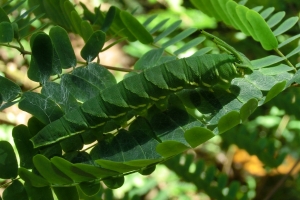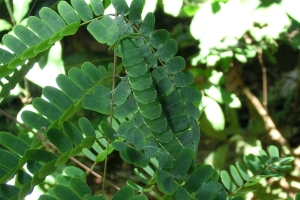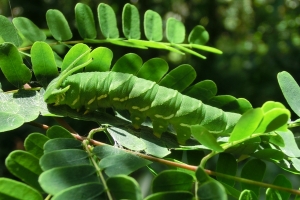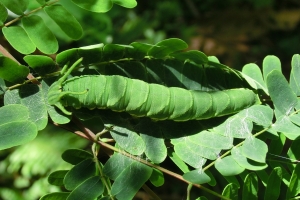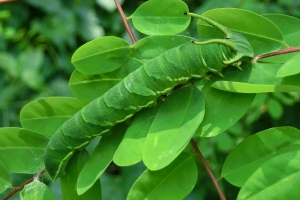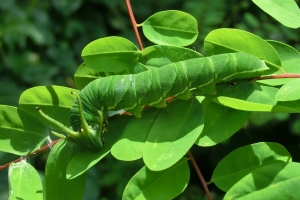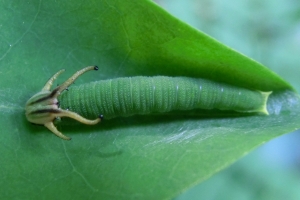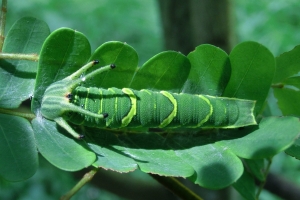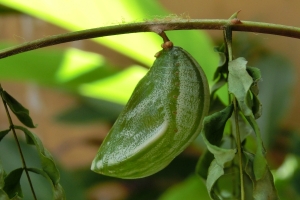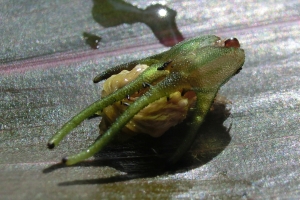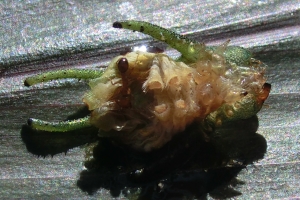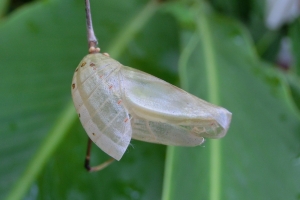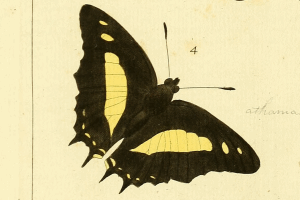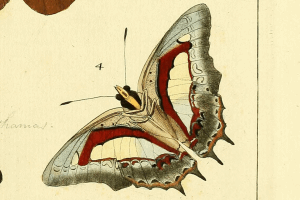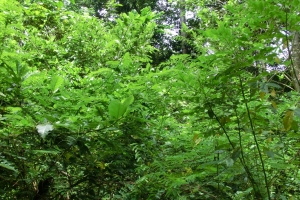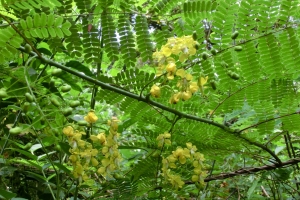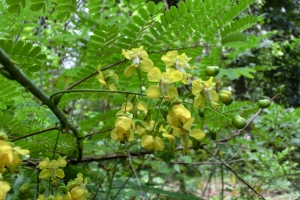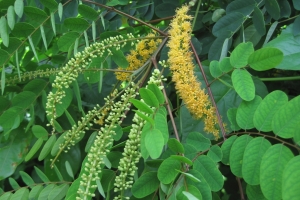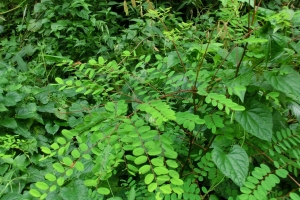Länder:

 +17Kontinente:AS
+17Kontinente:AS


 +17Kontinente:AS
+17Kontinente:ASNeues Layout der Navigation (Beta Test)
LebendfotosDiagnoseBiologieWeitere InformationenSynonymeAndere KombinationenUnterartenFaunistikLiteraturInformationen auf anderen Websites (externe Links)
1. Lebendfotos
1.1. Falter
1: Nepal, Kathmandu-Tal, Sundarijal ~ 1370 m, Häusergruppen (Ortschaften) mit viel Grünland (keinflächig strukturiert: Gärten, (Reis-Felder, Baum- und Strauchgruppen, unbewirtschaftete kleine Flächen, Wald), 1. November 2016 (det. & fot.: Maria Felbauer)Forum
2: Malaysia, Borneo, Sarawak, Miri, Gunung Mulu Nationalpark, Weg nach Camp 5, kiesige Uferbank des Melinau Fluß, von Alluvialwald (Überschwemmungswald) umgeben, 150 m, 28. September 2007 (det. & Freilandfoto: Dirk Mezger)Forum
3: Indonesien, Bali, Ubud, 14. Januar 2017 (det. & fot.: Kersten Krause)
4-6: Indonesien, Bali, Batubalan, 4. November 2022 (det. & fot.: Kersten Krause)
7: Thailand, Doi Inthanon, 16. März 2020 (det. & fot.: Regine Hakenbeck)
8-9: Indonesien, West-Nusa Tenggara, Lombok Barat, Insel Gili Gede), Gebüsch am Strand, 0 m, 21. Juni 2023 (det. & fot.: Gudrun Müller), conf. (cf.) Dominik HoferForum
1.2. Raupe
1: Indonesien, Bali, Batubulan, 14. Februar 2017 (det. & fot.: Kersten Krause)
2-5: Indonesien, Bali, Batubulan, 24. März 2021 (det. & fot.: Kersten Krause)
6-7: Indonesien, Bali, Ubud, 24. Oktober 2022 (det. & fot.: Kersten Krause)
8: Indonesien, Bali, Batubulan, 7. März 2023 (det. & fot.: Kersten Krause)
9: Indonesien, Bali, Ubud, 9. März 2023 (det. & fot.: Kersten Krause)
1.3. Puppe
2. Diagnose
2.1. Erstbeschreibung
1: Drury ([1773]: Index to the First Volume) [nach Copyright-freiem Scan auf www.biodiversitylibrary.org]
2.2. Bezug der Indikation und Text dazu
1-4: Drury (1770: 5-6, pl. II figs. 4) [nach Copyright-freien Scans auf www.biodiversitylibrary.org]
3. Biologie
3.1. Habitat
3.2. Nahrung der Raupe
1: Sappan Wood (Caesalpinia sappan): Indonesien, Bali, Batubulan, 16. Februar 2017 (det. & fot.: Kersten Krause)
2-3: Sappan Wood (Caesalpinia sappan): Indonesien, Bali, Batubulan, 19. Februar 2021 (det. & fot.: Kersten Krause)
4: Rotes Sandelholz (Adenanthera pavonina L.): Indonesien, Bali, Ubud, 7. Januar 2018 (det. & fot.: Kersten Krause)
5: Rotes Sandelholz (Adenanthera pavonina L.): Indonesien, Bali, Ubud, 24. Oktober 2022 (det. & fot.: Kersten Krause)
4. Weitere Informationen
4.1. Synonyme
- Charaxes bharata Felder & Felder, [1867]
- Charaxes samatha Moore, 1878
- Charaxes hamasta Moore, 1882
- Charaxes phrixus Röber, 1895
4.2. Andere Kombinationen
- Papilio athamas Drury, [1773] [Originalkombination]
4.3. Unterarten
- Polyura athamas attalus (Felder & Felder, [1867])
- Polyura athamas agrarius (Swinhoe, 1887)
- Polyura athamas fruhstorferi (Röber, 1895)
- Polyura athamas sumbaensis (Swinhoe, 1897)
- Polyura athamas madeus (Rothschild, 1899)
- Polyura athamas uraeus (Rothschild, 1899)
- Polyura athamas palawanicus (Rothschild, 1899)
- Polyura athamas acutus (Rothschild, 1899)
- Polyura athamas andamanicus (Fruhstorfer, 1906)
- Polyura athamas faliscus (Fruhstorfer, 1913)
- Polyura athamas menaius (Fruhstorfer, 1913)
- Polyura athamas stratiocus (Fruhstorfer, 1913)
- Polyura athamas kannegieteri (Lathy, 1913)
4.4. Faunistik
Nach [Global Biodiversity Information Facility] kommt die Art in Indonesien, Indien, Malaysia, Thailand, Hongkong, Philippinen, China, Kambodscha, Vietnam, Sri Lanka, Laos, Nepal, Myanmar, Bhutan, Bangladesch, Armenien?, Japan?, Macau und Peru? vor.
Locus typicus gemäß Erstbeschreibung: Chine.
(Autor: Michel Kettner)
4.5. Literatur
- Erstbeschreibung: Drury, D. (“1770”[-1773]): Illustrations of Natural History. Wherein are exhibited Upwards of Two Hundred and Forty Figures of Exotic Insects, According to their different Genera; Very few of which have hitherto been figured by any Author, Being engraved and coloured from Nature, with the greatest Accuracy, and under the Author's own Inspection, On Fifty Copper-Plates. With a particular Description of each Insect: Interspersed with Remarks and Reflections of the Nature and Properties of many of them: i-xxvii, 1-130, Index to the First Volume; Errata and Addenda (2 pages, not paginated), pl. I-L. London.
- Hemming, F. (1957): Opinion 474. Determination of the dates to be assigned for the purposes of the Law of Priority to the names published in Dru Drury's Illustrations of Natural History in the period 1770-1782. — Opinions and Declarations rendered by the International Commission on Zoological Nomenclature 16 (16): 297-306.

















